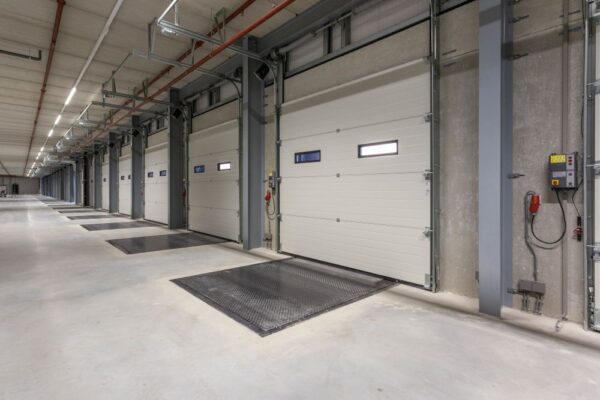California has long been at the forefront of adopting regulations to reduce carbon emissions and encourage the adoption of eco-friendly products. California standards that were adopted in 2013, and are beginning to be phased in, will affect lighting product energy and energy use decisions for both new construction and existing structures throughout the state. Although LED lighting systems are, in and of themselves, substantially more energy efficient than traditional incandescent or metal halide systems, the new California standards will push the limits of LED lights beyond their current boundaries.
New California Standards
The new standards require California residences to reduce lighting energy use by 50% and businesses by 25% from 2007 energy use levels. This reduction was to occur before 2018, which was intended to allow businesses and residences ample time to retrofit existing lighting systems with new energy-efficient technology. There are no standards for LED lamps at a federal level, and California has taken the initiative to draft standards that the LED industry will likely adopt in order to serve the California market. California regulators have adopted standards in an attempt to avoid problems that hit the lighting market when less-regulated compact fluorescent lamps (“CFLs”) first became available.
The California standards for small LED bulbs, i.e. bulbs with diameters below 2.25 inches, would require those bulbs to generate at least 80 lumens per watt. To put this in perspective, a standard 60-watt incandescent bulb produces roughly 13 lumens per watt. Alternately, the California standards allow for LED bulbs with a combined color index and minimum efficiency score of 165 (efficiency scores are ratings generated by the Energy Star program) if they generate 70 lumens per watt.

LED lights are known to last substantially longer than traditional lighting fixtures. The California duration standards come in at what is, for LED lights, a relatively lax minimum of 25,000 hours. LED lights routinely last between 80,000 and 100,000 hours. The California standard is perceived as encouragement for residences and businesses to switch to LEDs, because no other lighting sources would have an average duration of more than 25,000 hours.
California has also proposed standards for lighting distribution, labeling, and standby power usage. The distribution standards are analogous to those proposed by the U.S. Environmental Protection Agency’s Energy Star program. Most LED lights already meet those standards. The labeling and standby power usage standards will not impose excessive burdens on the LED lighting industry because most manufacturers already comply with the proposed standards.
In general, the LED lighting industry has already established a broader pattern of pushing the limits of LED lighting efficiency. The newly proposed California standards will likely not impose undue burdens on LED companies because the LED market has already instilled an efficiency mindset into that industry.








